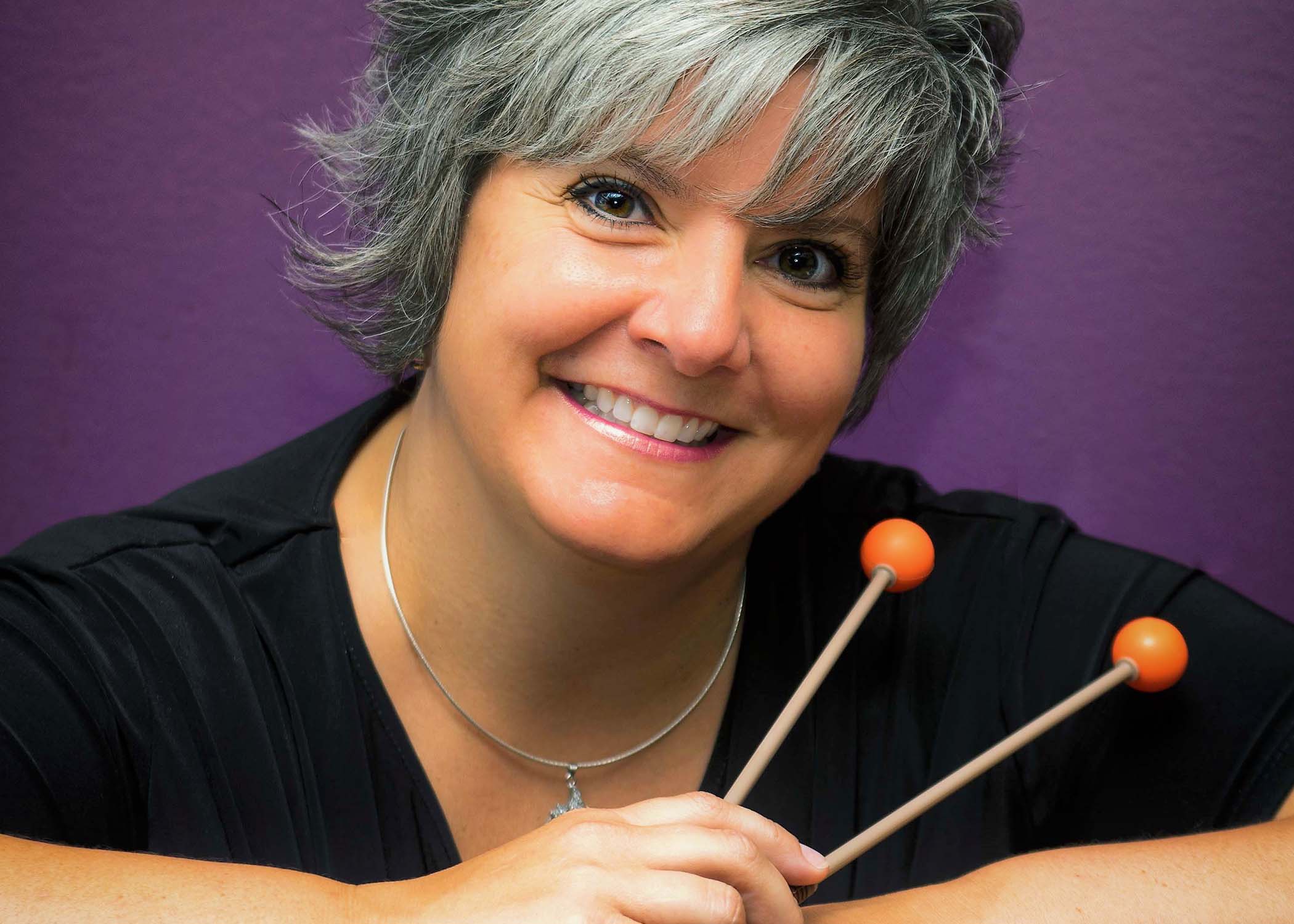
04 Feb Case Study: Jumbie Jams in Music Education
Beth Ann Hepburn is a music educator of 25 years, and one of her favorite instruments to teach her students is the Jumbie Jam! She has been using Panyard’s Jumbies in a classroom setting for 10 years. She primarily teachers 4th-6th grade students.

“The Jumbies are so good for the school budget,” she said. “To have the sound of the steel drums at that price in an elementary classroom is great.”
Jumbie Jams are Panyard’s version of a small steel pan, also known as a steel drum. They’re designed for all ages and all skill levels. The name Jumbie comes from a character in Trinidadian folklore. The Jumbie is a mischievous and playful spirit that grabs hold of you and convinces you to do something for it. Panyard hopes the Jumbie spirit compels you to make beautiful island music!
One of the benefits of the instrument is that no experience is required. Unlike a violin or woodwind instruments, the Jumbie requires no breath control or real technique to make beautiful sounds.
Hepburn is an ORFF inspired teacher. The ORFF approach blends play, music, dance and speech as a way to teach students music. She enjoys blending the Jumbies with the ORFF instrumentation.
“I can replicate an authentic world music instrument sound and bring the world of music into my classroom,” Hepburn said. “That’s exciting for me as a teacher.”
Improvising on the Jumbie Jams
 One thing that Hepburn loves is a set of magnets that Panyard invented that covers up certain notes, allowing students to play a pentatonic scale.
One thing that Hepburn loves is a set of magnets that Panyard invented that covers up certain notes, allowing students to play a pentatonic scale.
“That’s really beneficial to students who are learning to improvise,” she said. “You can take out the half steps, which allows for more free improvisation. That’s fabulous for beginners.”
She also loves blending the sound of the Jumbies with her other percussion instruments.
“It’s nice, because even one or two in your ensemble can totally change the feel and the sound,” she said. “Even adding a few to what you have in your classroom brings the island right into the room.”
One of her favorite things to do with her students is combining dance with improvised music.
“I love seeing the interplay where a student who is improvising on the Jumbie is following the people who are dancing,” she explained. “It’s this really cool back and forth thing that starts where the kids are really engaged in group music making and the dance. They have so much fun doing it. When they’re improvising, students really have ownership over their music. It’s different than when we just replicate music.”
Hepburn said that she has felt fortunate that her district kept the music room open during the pandemic.
“The Jumbie has stayed out because it’s easy to sanitize,” she said. “The students touch the mallet, not the instrument itself, so we’ve been able to still use it.”
Hepburn also loves the fact that Jumbie Jams are adaptable for more students. If a student is in a wheelchair or has fine motor issues, it’s still accessible to them. Developmentally, even the table top ones are great for students with mobility issues or physical limitations.
Panyard’s Jumbie Jams are lightweight and portable. Hepburn also teaches workshops for adults, who enjoy learning the Jumbies just as much as the kids do.
“We’re able to play authentic songs from the islands and bring in that flavor,” she said.
Whether you’re adding a few Jumbies to your ensemble, want one student to play a solo during a concert, or have an entire steel band, the Jumbie Jam offers limitless possibilities for your music education classroom.
These instruments offer teachers a way to get students excited and engaged when it comes to music education. The Jumbie Jam was selected for a “Best Tools for Schools” award by the National Association of Music Merchants. The panel of diverse music educators identified the Jumbie Jam as a musical instrument that provides innovative solutions and opportunities for music education.

Sorry, the comment form is closed at this time.